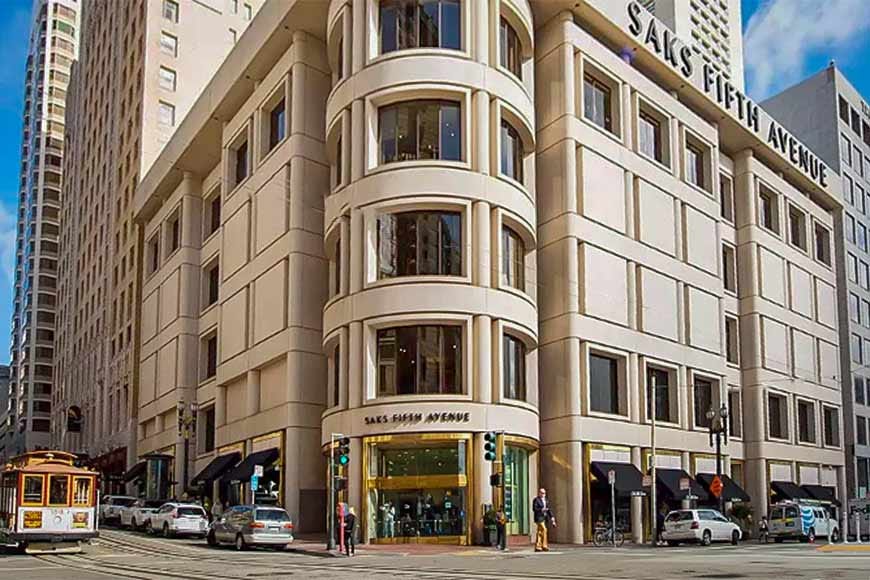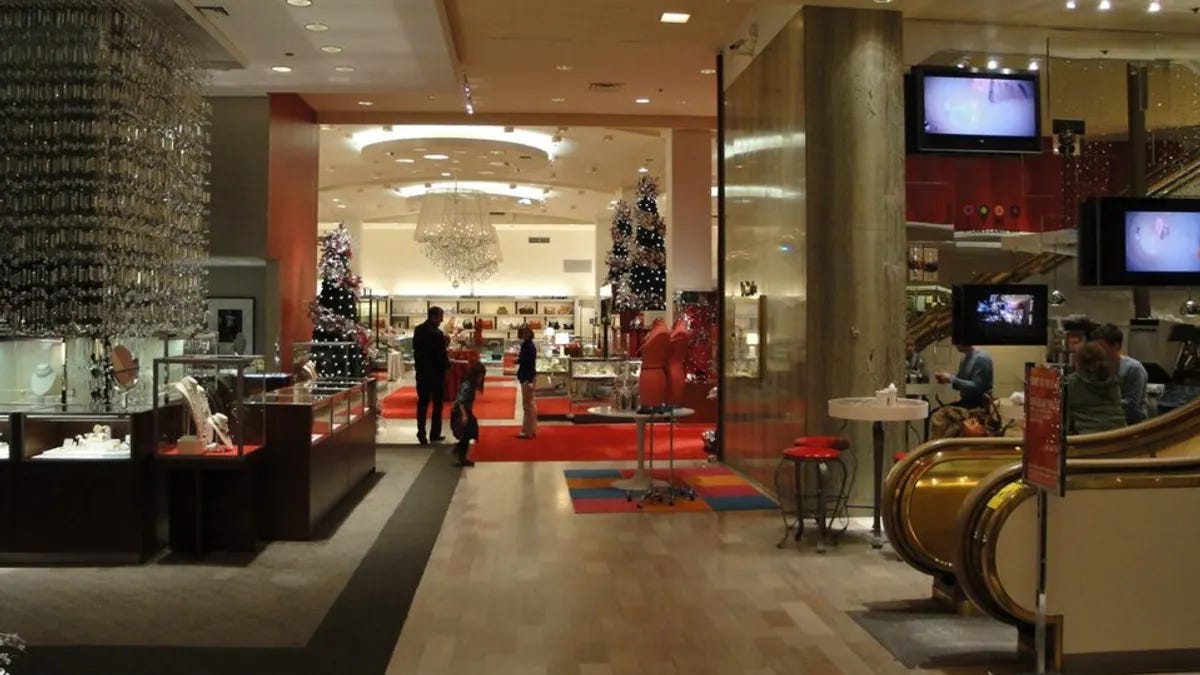Saks Fifth Avenue's Struggles Continue
The luxury retailer seeks solutions amid evolving market dynamics and problems they've caused.
Saks Fifth Avenue has always stood as an aspirational destination for many shoppers. It carries everything from well-known, established brands to emerging names that have started entering the zeitgeist. Their selection is highly curated and they tout an equally high level of customer service, but it comes with steep price tags. Like most high end department stores, they’re strategically placed in wealthy areas with similarly priced outlets (think Bloomingdale’s and Nordstrom). Over the last year they’ve had some strong wins that were accompanied by some pretty huge pitfalls. Sitting at the intersection of luxury and big box retail, the decisions they make this year will have a dramatic impact on the business in the short and long term.
The Good
Last July it was announced that Saks would be acquiring The Neiman Marcus Group, who filed for Chapter 11 bankruptcy in May of 2020, for $2.7b. Neiman Marcus operates 36 stores across the U.S and their portfolio includes the iconic Bergdorf Goodman in NYC which they acquired in 1987. Because Neiman Marcus and Saks are normally in similar areas with similar clientele, this is a great customer acquisition strategy that can increase their overall marketshare within the luxury department store space. Saks has also stated they’ll be heavily investing in the digital customer journey over the next several years. They’ve clearly laid out their web strategy to give a hyper-personalized digital experience once all of the data warehouses have been consolidated. Finally, they’re working on a much smarter customer service process and hope to scale Agentforce, a Salesforce AI agent that’s much more effective than normal chatbots, as well as a synthetic voice tool to handle customer calls as a line of defense before escalating to a live person.
The Bad
Like most large acquisitions, jobs were impacted. Saks announced this week that they’ll be laying off roughly 500+ corporate employees in an effort to reduce redundancies as part of a wider $500m cost cutting strategy. This is their second round of layoffs after announcing in February that they would be reducing corporate roles by 5%. They’ll also be closing a Tennessee-based warehouse where over 400 people work. Their longstanding San Francisco store in Union Square is set to close soon too. This location switched to an appointment-only format in part due to the frequent smash and grab robberies that have plagued plenty of stores since Covid became more under control in 2021. “While we saw meaningful engagement and success through the appointment-only format, we have made this decision as part of our integration process as we focus on long-term growth. We look forward to serving the Bay Area community at Neiman Marcus San Francisco, Neiman Marcus Palo Alto, The Fifth Avenue Club Palo Alto, Saks.com and NeimanMarcus.com1” There are 11 locations with a Neiman/Saks overlap and we should expect continued consolidation efforts soon. As of last month, the Neiman Marcus Flagship in Dallas will remain open.
The Ugly
In 2023 reports began to emerge that Saks was struggling to pay its vendors on time. Some payments were late while others were fully withheld. The backlash continued to grow when people realized that these weren’t isolated incidents. It was so widespread that they’ve had to completely change their vendor and payment structure. Moving forward, Saks will be making payments net-90, or up to three months after receiving shipments. The industry standard is net-30 or net-60, so another month out is a bit ridiculous. They’re also targeting to cull roughly 25% of the brands they carry, citing that their product mix at the current moment is too steep. Finally, for all the accounts payables they’re behind on, they’ll begin the repayment process immediately, but they’ll be divided into 12 equal monthly payments. Sure, it’s nice that they’ve implemented something, but saying this is less than ideal for vendors would be an understatement. They’ve gone as far as stating that hopefully brands will self select out and help them to achieve the 25% drop even faster. They’ve also stated that they’re willing to work out more favorable terms with smaller brands, but I’m not sure anyone actually believes they’ll make good on their word.
For context, going wholesale or establishing a brick and mortar presence is now a necessary step for most consumer brands if they want to continue a strong growth trajectory, but it comes with challenges. When working with a larger entities, brands’ supply chains must be in tact in order to deliver the kind of volume these partnerships require. Newer brands also have a much tighter leash; a few slip ups and department stores are quick to cut ties, no matter how popular they might be.
In my opinion, this is a sign that brands (especially smaller ones who are more sensitive to their budget) should be extremely cautious when dealing with Saks, or potentially find another retailer to work with. In an interview with The Business of Fashion, Saks CEO Marc Metrick said, “All the costs of doing business have gone up. The amount of competition has increased, the verticalisation of the brands themselves opening their own stores has increased.2” I can’t begin to describe how tone deaf this is. Vendors are under significantly more stress, and moves like this can put them in an even more precarious position. The Saks leadership team would do well to start taking more accountability and not just pointing to “market forces” as an excuse for their mistakes before they find themselves without a business to run.
ABC News 7; Saks Fifth Avenue to close iconic SF Union Square location, company says
Business of Fashion (February Article)



